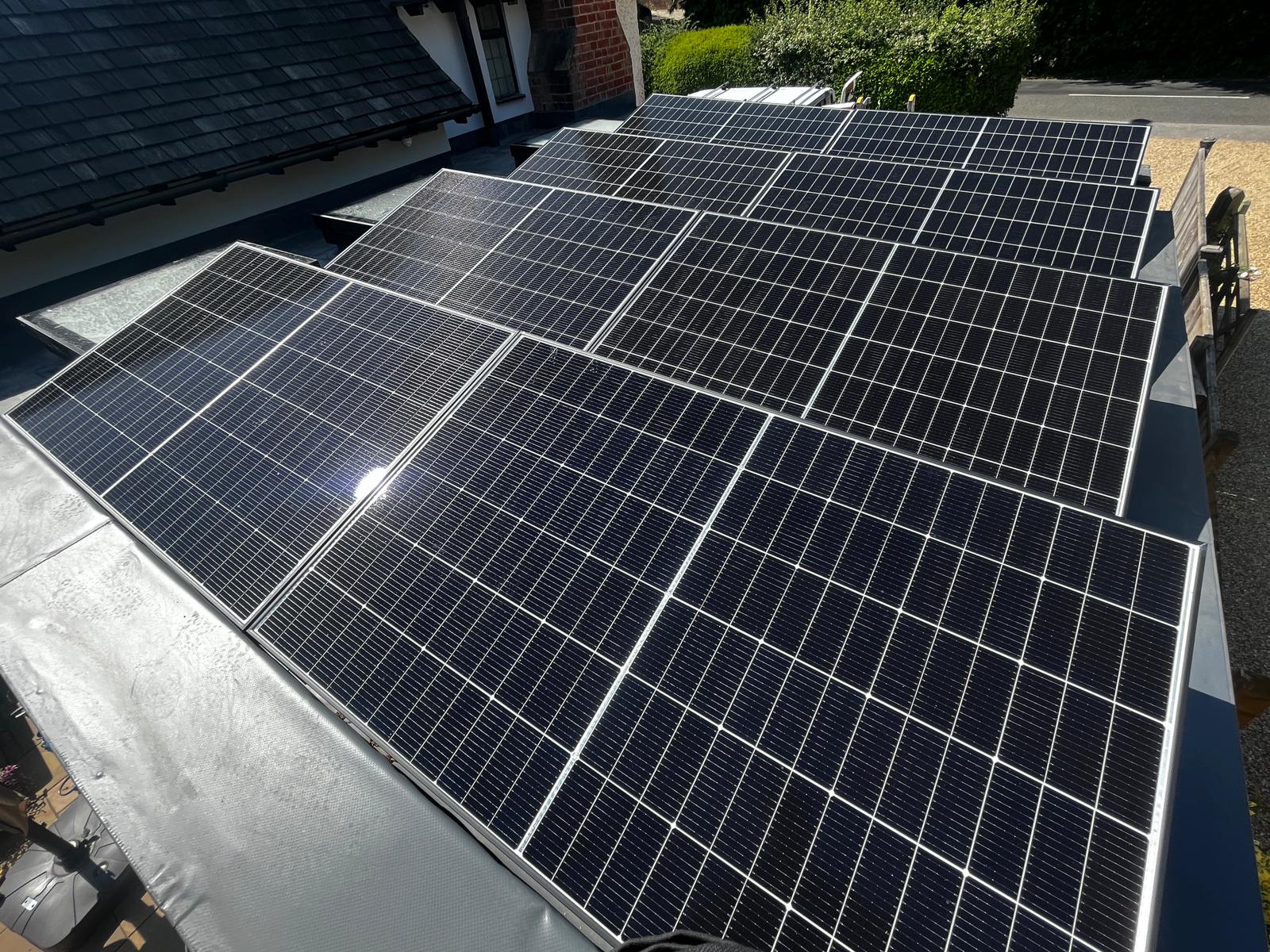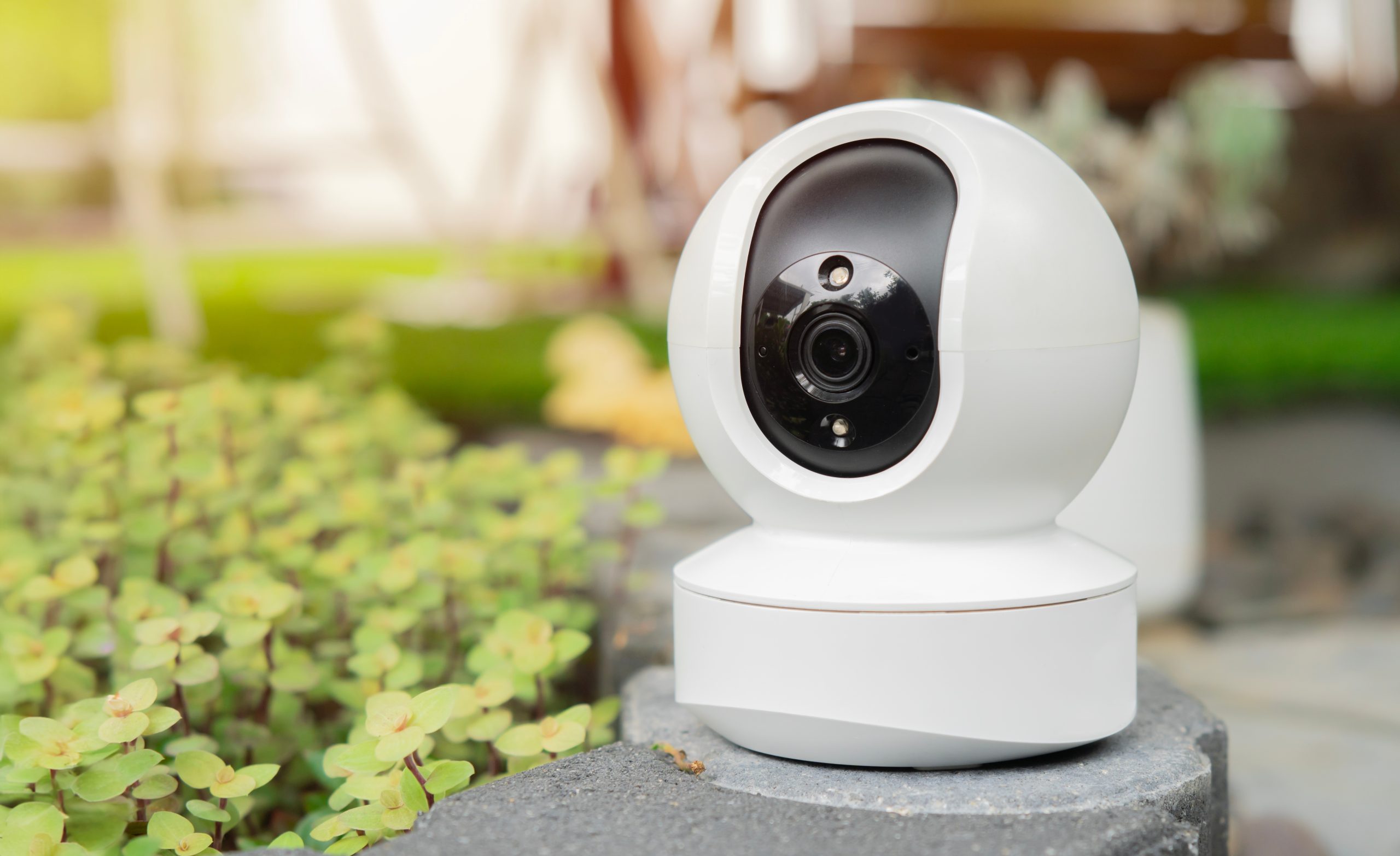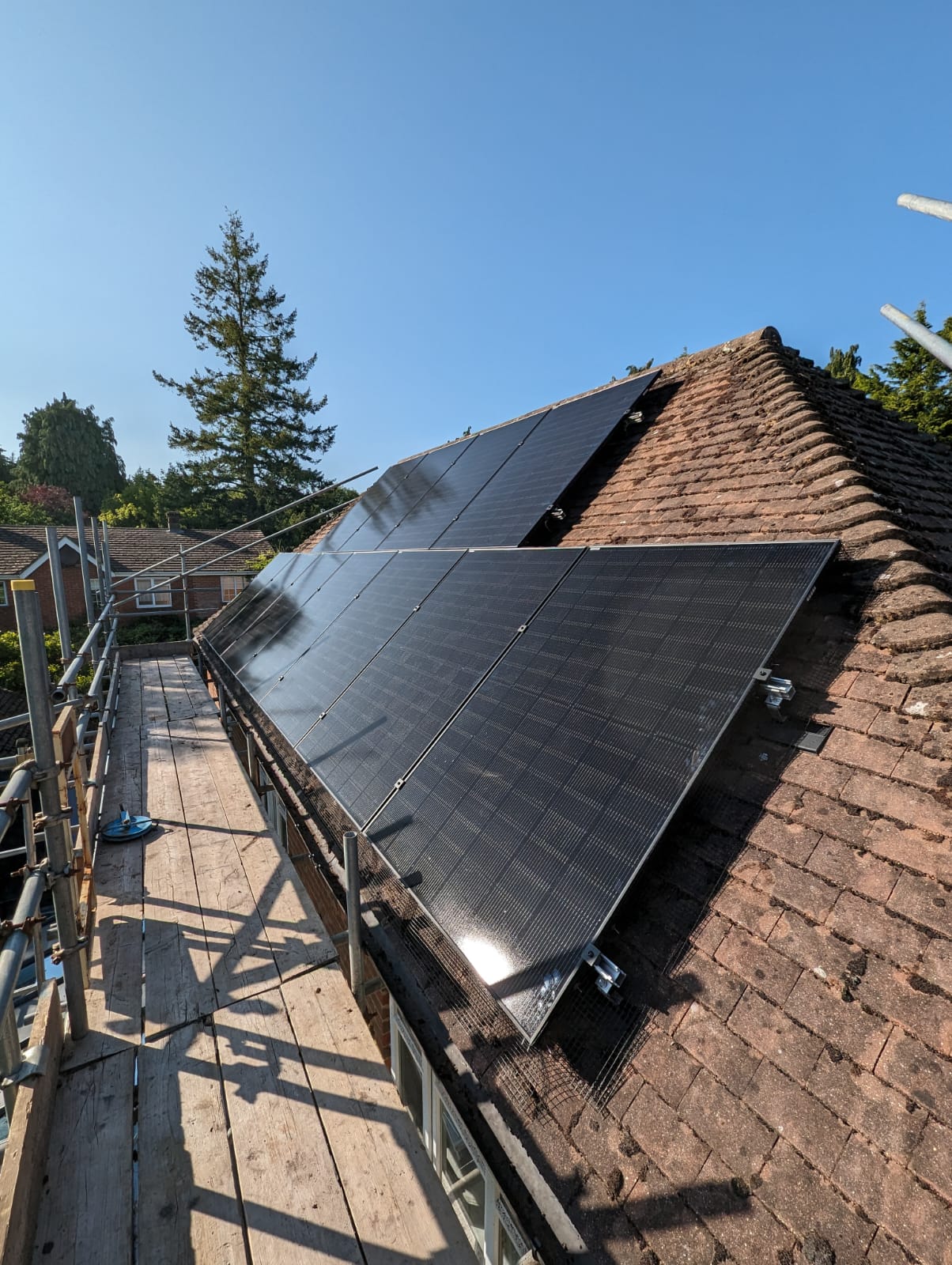Do electric gates use much electricity?
Electric gates offer convenience, security, and style to properties, but concerns about electricity consumption linger. Let’s delve into whether electric gates truly use much electricity, exploring the features that contribute to consumption and estimating likely usage. For further insights into electric gate costs and energy efficiency in the UK, refer to our previous blog titled Navigating Electric Gate Costs and Energy Efficiency in the UK.
Do Electric Gates Use Much Electricity?
Electric gates do consume electricity, primarily to power the gate motor, control system, and any additional accessories such as lights, intercoms, or sensors. However, whether they use “much” electricity depends on various factors, including the type of gate, motor efficiency, usage patterns, and energy-saving features.
Features Contributing to Electricity Consumption
Gate Motor: The motor is the primary electricity-consuming component of an electric gate. Its power consumption depends on factors like motor size, efficiency, and usage frequency. Most gate motors range from 200W to 500W, with larger motors typically found in sliding gates due to their higher weight and resistance.
Control System: The control system manages the gate’s operation, including opening, closing, and safety features. While the control system’s power consumption is relatively low compared to the motor, it contributes to overall electricity usage, especially if equipped with additional functionalities like remote access or smartphone integration.
Accessories: Additional accessories like lights, intercom systems, keypads, or motion sensors add to electricity consumption. LED lights are commonly used for gate illumination due to their energy efficiency, but their cumulative usage can still impact electricity bills, particularly if left on for extended periods.
Likely Consumption
Estimating the electricity consumption of an electric gate involves assessing the power requirements of its components and usage patterns. For example, a typical swing gate with a 300W motor operating for 4 hours per day and LED lights consuming 40W for 2 hours daily might consume around 1.48 kWh/day. Based on an average electricity price, this translates to approximately £0.28 per day or £151.25 per year.
Benefits of Electric Gates
- Security: Electric gates provide a physical barrier to unauthorised access, enhancing property security and deterring intruders.
- Convenience: Automated operation allows for effortless entry and exit, eliminating the need to manually open or close the gate.
- Property Value: Electric gates enhance curb appeal and perceived property value, making them attractive to potential buyers.
- Privacy: Electric gates offer increased privacy by restricting access to your property, shielding it from prying eyes.
- Prevents Car Theft: By adding an additional layer of security, electric gates reduce the risk of car theft and vandalism, safeguarding valuable assets.
Summary
While electric gates do consume electricity, their usage is manageable with proper planning and energy-saving measures. Understanding the features that contribute to electricity consumption allows property owners to make informed decisions and optimise usage.
Despite their electricity usage, the benefits of electric gates, including enhanced security and convenience, far outweigh the operational costs. For more information on electric gate costs and energy efficiency, reach out to the talented team at Green Light Electrical today.










